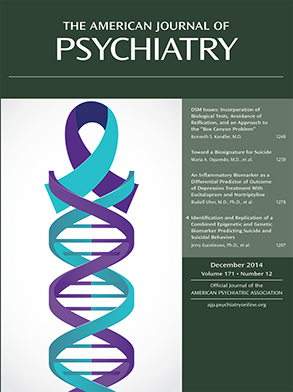This compact and handsomely produced book gives us a lot upon which to ponder. Its title, Doing Psychoanalysis in Tehran, promises an insider’s look at clinical problems prevalent in that region and at the challenges a Western-trained professional faces in dealing with such problems. On this count, the book is amply satisfying. We learn that, unlike Western countries where conflicts over narcissism and aggression predominate, in Iran, anxieties over sexuality are foremost on patients’ minds. Citing cases reminiscent of Freud’s Vienna, Gohar Homayounpour guides us through the labyrinth of desire, defense, eroticized sadomasochism, and the vicissitudes of compromise formation. This is “classical” psychoanalysis indeed.
Such nostalgic pleasure is one of the book’s three major facets. The second facet involves how an alien (i.e., Western) gaze can mold the image of a people (Iranian, in this case) and can overlook their important “in-culture” features. And, the third pertains to the poignant saga of an immigrant’s (the author’s) attempt to repatriate and blend harmoniously with her original culture.
Allow me to address the portrayal of Iranians first. Given the 1970s hostage crisis, the strong anti-Ahmadinejad sentiment, the anxiety about Iran’s nuclear program, and the country’s alleged support of “terrorist” organizations, it is not surprising that people in the United States have a dim view of life in Iran.
Chador-clad women, bearded
mullahs, and Holocaust-denying rhetoric form the building blocks of their image of Iranians. They are expected to be oppressed, afraid to speak up, and unable to free-associate during clinical hours. The picture Homayounpour presents is, however, totally different. She states that: “People here are very much into talking, talking, and talking; and so the talking cure has found itself taken to the heart of the Iranian national character” (p. xxvii). The discordance between this portrayal and the Western views of Iranian people is striking. It parallels the Nobel Laureate Amartya Sen’s (
1) observation that Indians are not timid and submissive—as many Westerners take them to be—but quite argumentative and tenacious. Likewise, Homayounpour’s Iranians are not brainwashed automatons; they are talkative, candid, and open to psychotherapy and psychoanalysis.
But these clinical and cultural revelations pale in comparison to the third facet of this nuanced and multilayered book. This involves what the Spanish journalist Maruja Torres has termed “the wound of return” (
2), or the disorienting anguish experienced by immigrants who return to their original country after having lived outside of it for some time. Homayounpour, who came back to Iran after studying in Paris and Boston for years, describes such a “wound” in her own fashion. “How painful it has been to become disillusioned. My great native land was not the way I remembered it, and the person I had become was not the way people remembered me” (p. 43).
Homayounpour found herself simultaneously one with the culture and appalled by it. She felt its enmeshed and timeless nature in her flesh; its smells, little and big delays of schedules, noises and intrusions are uncannily familiar to her. Yet, these very resonances remind her of how different she has become as a result of having lived abroad. Lacerated, she weaves a healing narrative.
Enter Ms. N. Occupying nearly 70 pages of this 145-paged book, Homayounpour’s dialogue with this “patient” constitutes a literary device to explore the nuances of cultural dislocation. Partly a case history and partly a fictionalized portrait of a repudiated part of her own self, Homayounpour’s dialogue with Ms. N brings to mind Freud’s (
3) arguments with his imaginary “religious interlocutor” in
The Future of an Illusion.” Elsewhere, I have proposed (
4) that this conjured figure embodied Freud’s disowned religious leanings that lay underneath his avowed atheism. Akin to this dynamic, Homayounpour’s “forgotten” nationalism appears in the voice of her “patient.” Ms. N is feisty, challenging, praises Iran unabashedly, while Homayounpour forcefully applauds the West. Back and forth they go, arguing for one or the other culture, trading barbs, and, at times, offering peace gestures. They even change places, with Ms N. ensconced on the therapist’s chair and Homayounpour sitting on the couch. Since Homayounpour tells us in the beginning of the book that these pages contain “nothing but my fantasies and my fantasies alone” (p. xvii), such interactions and, in fact, the entire discourse between her and Ms. N can be viewed as a self-analytic reverie of a poignant and delicious variety.
Fascinatingly, as the bloody struggle between Ms. N and Homayounpour ebbs and some peace appears on the horizon, the tone of the book changes. The intense and name-dropping Francophilia of the early parts of the book had already given way to conflict-laden imaginativeness, but now the authorial voice becomes more fact-oriented and somber. It is as if the author’s cultural and existential reparation has become complete. The apparition of Ms N dissolves, and rather ordinary and more real-sounding clinical vignettes occupy the last few pages of the book. The author, it seems, is finally Doing Psychoanalysis in Tehran and is at peace. What a journey indeed!

